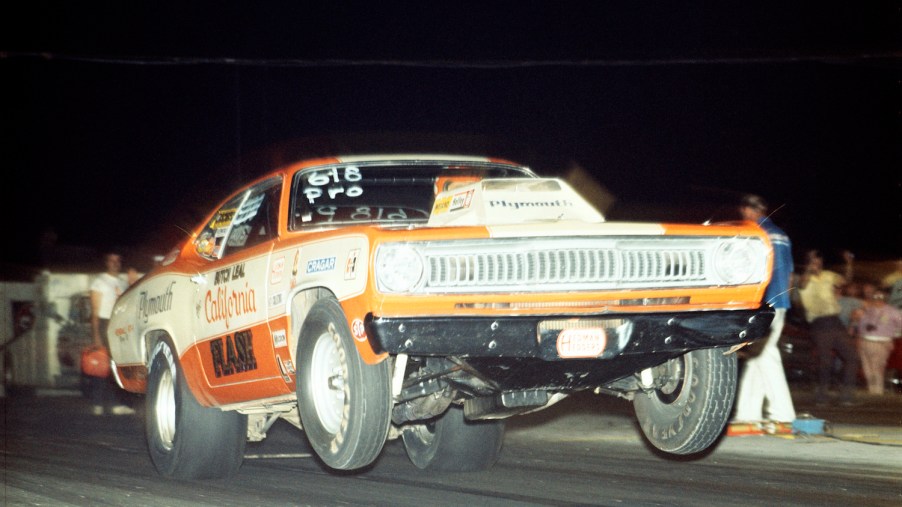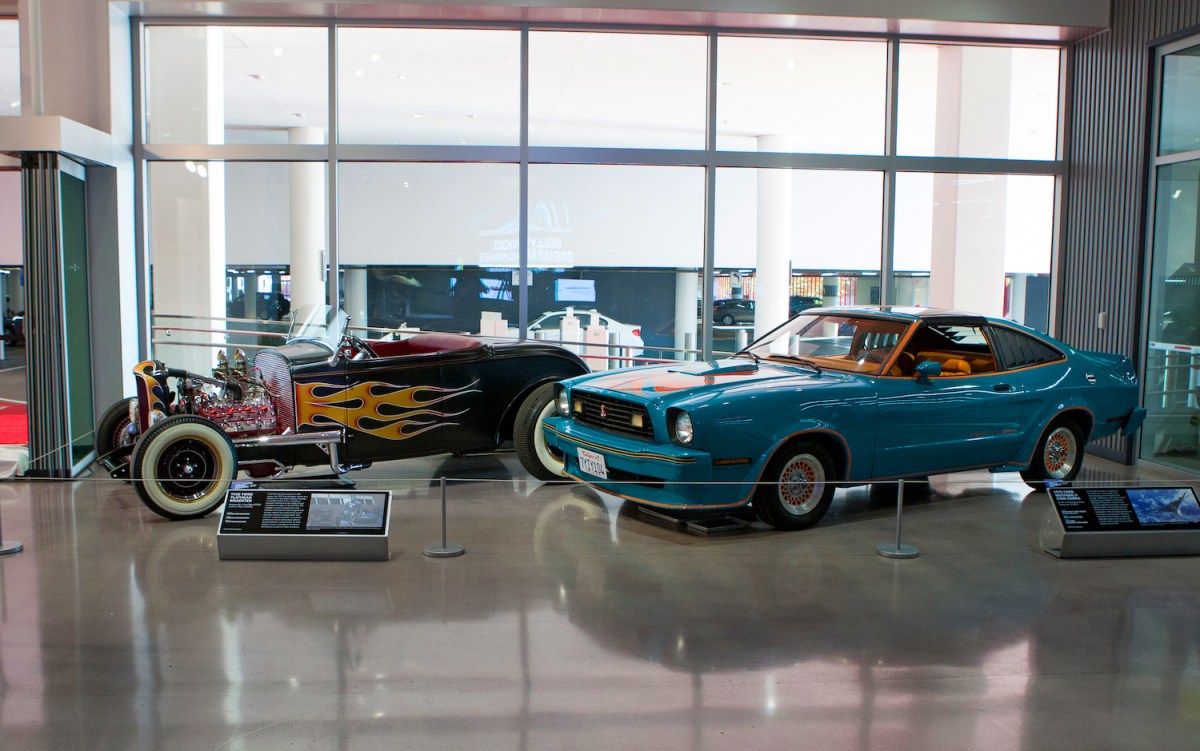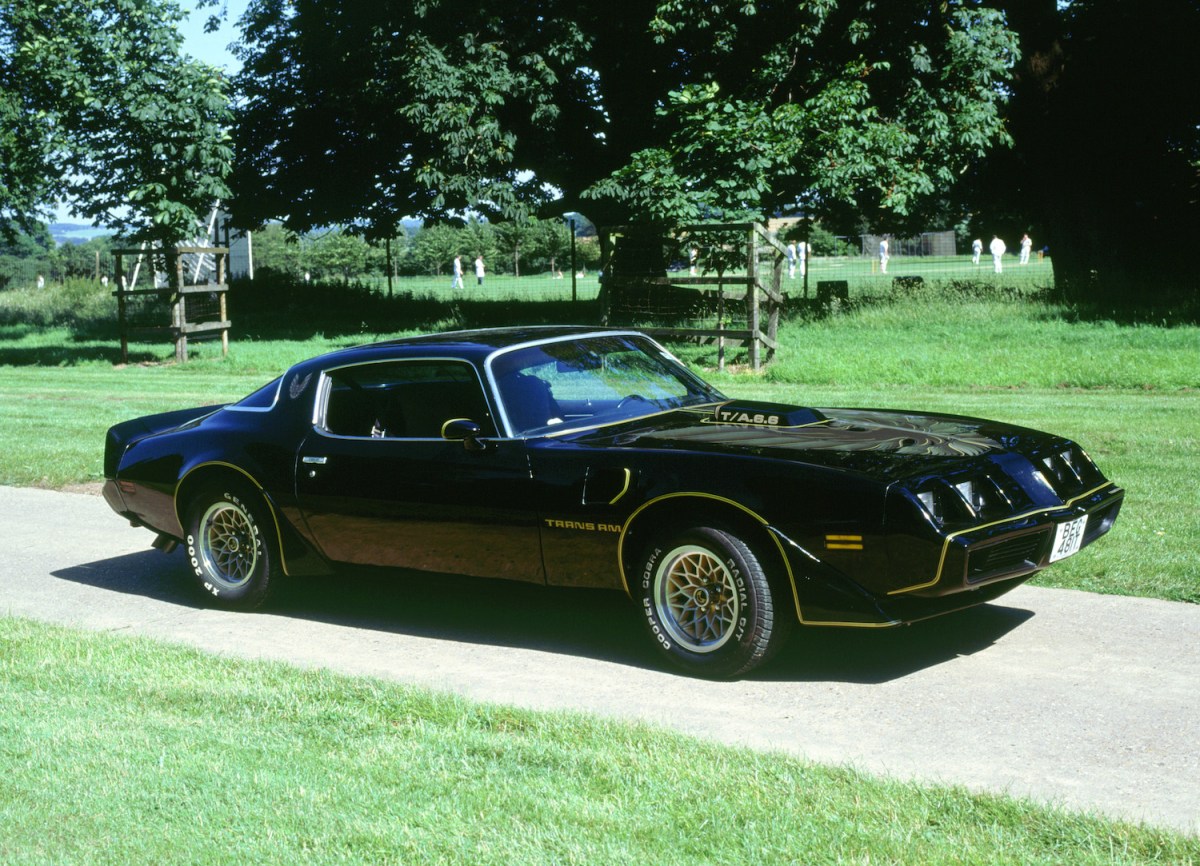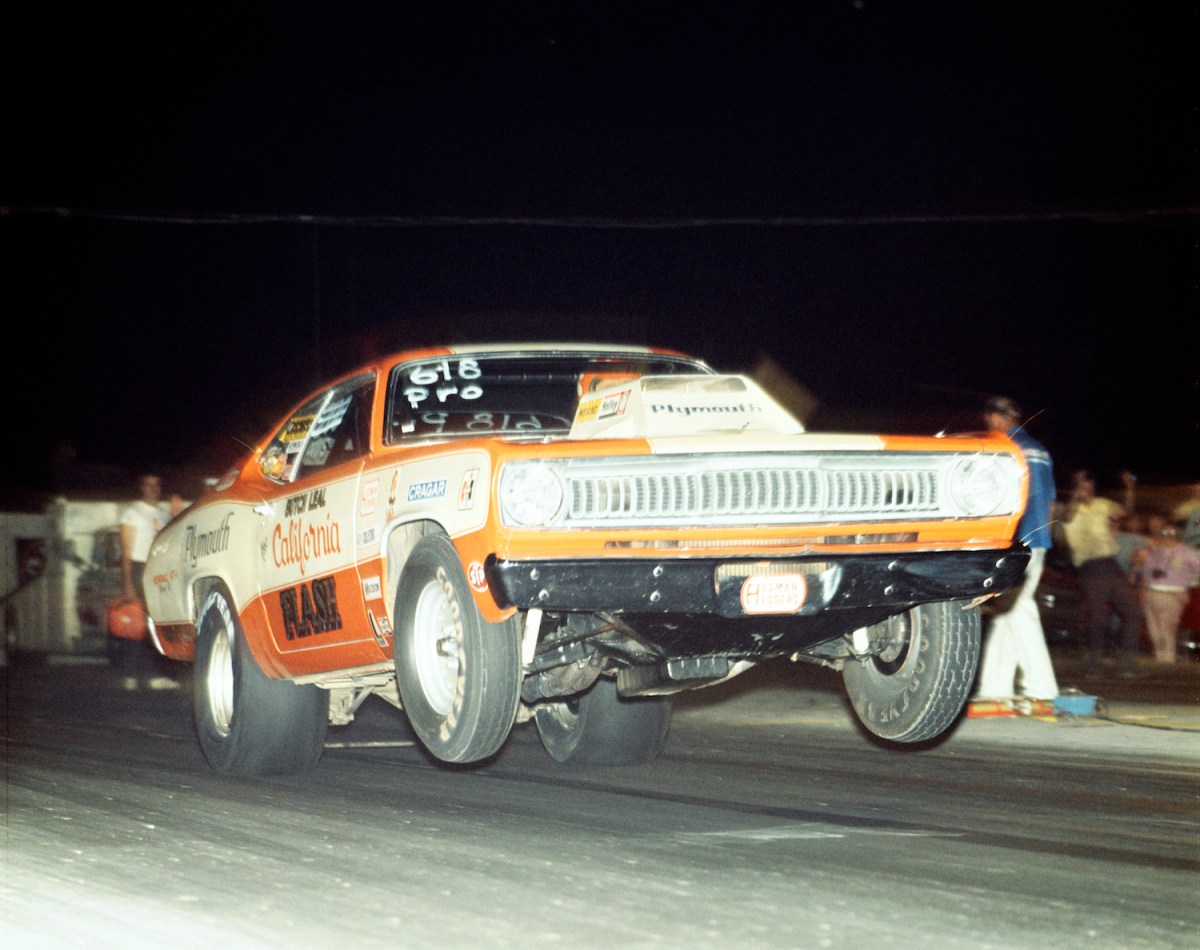
3 of the Best Muscle Cars From the Oil Crises
The effects of the two oil crises of the 1970s have been discussed at length. In short, American car companies needed to make cars more efficient, and that meant less weight. As a result, big V8s were a thing of the past, and small-displacement powerplants were severely neutered. That said, there were a few gems that made the best of what they were given. These cars either managed to still make decent power or find their strengths elsewhere. Here are some of the best muscle cars to come out of the post-smog era of the late 1970s.
1974-1978 Ford Mustang: underpowered agility

For its second generation, Ford moved the Mustang onto the Pinto platform. This helped it slim down to lose 900 pounds. Ford offered the second-generation Mustang with two (relatively) tiny powerplants. Customers could choose either a 2.3-liter inline-four and a 2.8-liter V6, making 88 and 105 horsepower, respectively. The 1975 model year saw a 4.9-liter V8 in the Cobra that made 140 horsepower. The Mustang II was by no means a performer, getting to 60 mph in 9.4 seconds with its most powerful engine. However, it had other qualities that made it stand out and helped usher in a new era of muscle cars.
For its lack of straight-line speed, the Ford Mustang II handled well thanks to a few chassis improvements over the first generation. The car used compact double-wishbone front suspension, and with the car’s compact size promoted spritely agility. Ford sold many hundreds of thousands of the Mustang II. A little money can double the horsepower of the V8, as well as handle a rear disc brake conversion.
1979 Pontiac Firebird Trans Am: survival mode speed

Even though it was a bigger car, the Pontiac Firebird could outrun the Ford Mustang with ease. Firebirds in 1975 had 400 ci V8s that made a pathetic 185 horsepower but could still sprint to 60 faster than the Mustang. The engine to get was the W72 in 1979, which was also 400 ci but made 200 horsepower and 325 lb-ft of torque. That got the Trans Am to 60 mph in just 6.6 seconds. Not only was the 1979 Pontiac Firebird Trans Am faster than the Mustang by a few seconds, but according to MotorTrend, it was the fastest muscle car of the late 1970s. Pontiac’s Trans Am apparently didn’t get the memo for more economical cars, and in that sense it never compromised its heritage.
1976 Plymouth Duster 360: muscle car attitude to the bitter end

Plymouth’s Duster from 1976 was one of the only cars left that sported the true muscle car look. It was big, mean, and had a V8. It made 220 horsepower (net) from its 360 cubic-inch powerplant and could get to 60 mph in 7.9 seconds. In factory spec, the car lacked a catalytic converter. The Duster with its 360 V8 was unfortunately overshadowed by the demand for a more primitive Duster variant called the Feather Duster. It featured taller gears and a slant-six engine with a single barrel carburetor which produced 100 horsepower. Though its economic trim stifled the Duster’s performance, the 360 V8 elevated it back to the precipice of what a muscle car is.
The late 1970s wasn’t such a dark time
Some historians and enthusiasts harp on the late 1970s as a dark time in American automotive history, but it wasn’t entirely bad, and these cars prove that. The best part is, a muscle car after 1975 is less desirable for those living in states with strict emissions laws, so they will be cheaper. Now they just need to pass smog.


